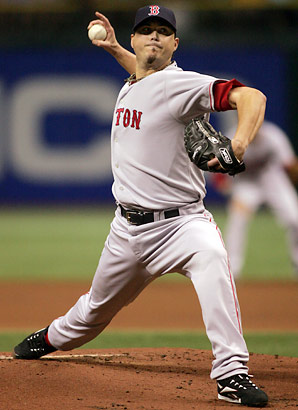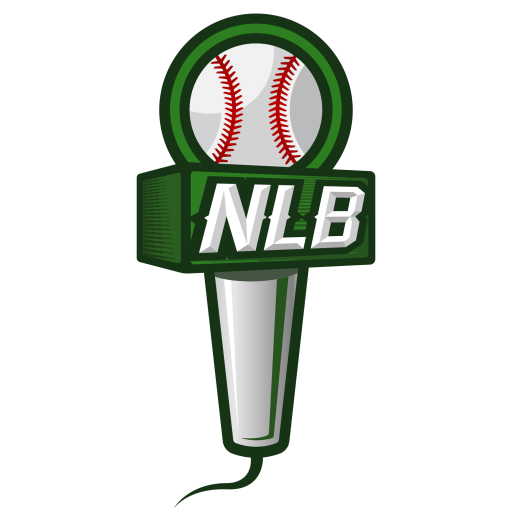When thrown well, the curveball has the opportunity to be one of the nastiest pitches in baseball.
I can’t think of anything nastier than a pitcher buckling the knees of a hitter with a sick curve.
The lure of the curveball and the enjoyment of making hitters look silly also make arm injuries more prevalent in younger pitchers these days.
When talking to some of the top baseball doctors and pitching coaches, I hear two main reasons for arm injuries in young pitchers. 1. Bad Mechanics and 2. Starting to throw too many breaking balls at too young an age.
We’ll address the right age to start throwing curveballs in a later post, but today we’re focusing on the right mechanics for throwing a curveball… the mechanics that will produce a nasty pitch without added stress on your elbow and shoulder.
Up until this 2013 season, Josh Beckett has started over 20 games each of the last 11 seasons. He’s a three time All-Star, has a 20 win season under his belt, two World Series titles, and one World Series MVP Award.
A large part of his success has come from his nasty curveball that has complemented his 90+ MPH fastball. When Josh was growing up in Spring, TX he was taken under the wing of local pitching coach, Shelby Thomas.
Shelby was the one who taught Josh the same curveball that he’s used his entire MLB career. I had the privilege of meeting Shelby when I was brought out to speak to the HS baseball program that he coaches with today, the North Side Falcons.
It didn’t take long for me to know that I had to get him on video to share with you guys.
After watching Shelby demonstrate the proper mechanics of a nasty, but safe, curveball in the video below; go back and look at the picture of Beckett at the top of this post. You can see Josh, throwing a curveball without the use of the pointer finger like Shelby suggests for pitchers with smaller hands.
Many thanks to Shelby for taking the time to hangout with us and share his tips on throwing a Big League caliber curveball (safely).



